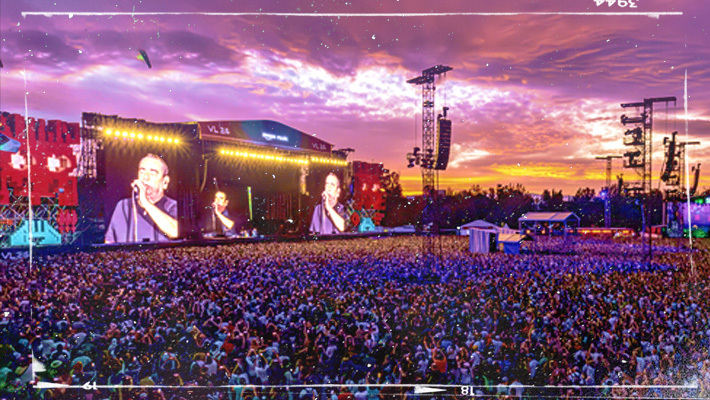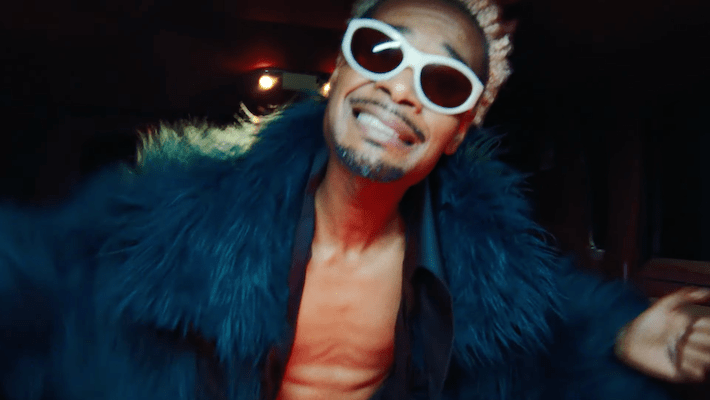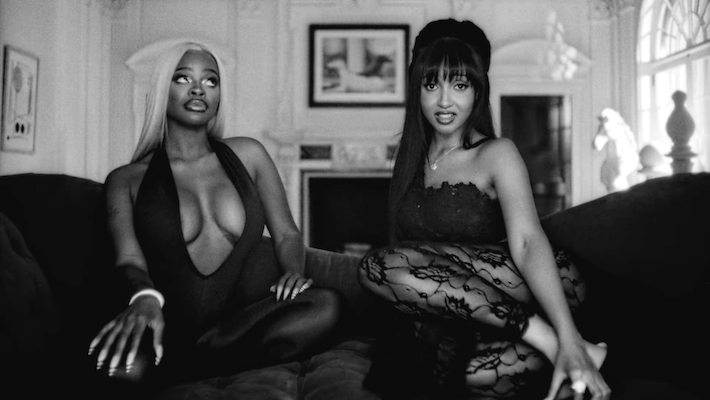
The last several years have made the act of livesteaming essential, especially as global events caused more and more people to trade IRL experiences for the comfort and safety of their homes. But for many, this is a welcomed innovation in the live music space that gives access to those who might not normally be able to witness many events. Whether it is physical conditions, mental health, financial obstacles, or just proximity, livestreaming allows more people to participate in live music than ever before, truly meeting the audience on their own terms.
Among those leading the charge in this space is Amazon Music, who last weekend made their first endeavor into Mexico as the exclusive partner of Vive Latino. Vive Latino is one of Mexico’s premiere music festivals, differentiating itself with its emphasis on home-grown talent, rock bands, and international touring forces. It’s a partnership that goes beyond reaching fans already immersed in Latin culture, especially as Latin music has become mainstream pop culture over the last several years. It has never made more sense than to bring artists like Maná and Belanova to living rooms around the world and should signal the beginning of similar global reaches from streaming giants.
On the ground in Mexico City, the livestreaming infrastructure stretches to both the festival grounds and backstage. A compound next to the Amazon Music stage played host to artist interviews and exclusive content that punctuated the broadcast. While the viewers tune in to relatively seamless steams of performances and interviews, backstage, it can often be a surprise to see which artists pop in to chat after their set, with hosts Pame Voguel, Gerudito, Nicole Horts, Leos, Maria Letona, and Miguel Solis all ready for whoever and whatever comes their way.
One of the coolest aspects of the streaming endeavor, and one that I hadn’t witnessed before, was through the partnership with JBL, where attendees could be loaned out headphones and tune into other stages for the livestream. If you were enjoying the VIP cabanas and didn’t want to give up your spot to catch Future Islands on the other side of Autódromo Hermanos Rodríguez, the livestream provided an accommodating middle ground, giving an attendee access to stages without having to move an inch. It was the first time that I’d considered livestreaming being not just for those who couldn’t attend Vive Latino, but also a resource for those on the grounds.
Of course, Amazon Music isn’t the only major player in this space. YouTube has made Coachella home viewing an annual event, where now nearly any music fan can have a take on today’s hottest artists without having to navigate the literal heat of the Coachella Valley. Lollapalooza recently partnered with Hulu to give their festival a home presence. And one can only imagine that other streamers will find their way into the same game, with events that pair well with their audience.
On Amazon Music’s side, they’ve already made serious headway into the space, with broadcasts including Vibra Urbana in Miami USA, Primavera Sound in Barcelona and Madrid, Dreamville Festival in Raleigh, and Coachella’s country cousin, Stagecoach Festival. And the move into Latin America is a significant one, as artists from the region have become some of the most recognizable not only in the US but around the world. And with a number of ways to meet fans where there are — the Amazon Music channel on Twitch, Prime Video, or on the Amazon Music app — livestreaming a music festival has never been more intuitive.
Will livestreaming take a bite into the IRL experience of going to festivals and concerts? That feels hard to imagine, especially as you witness the massive audiences that turned up for artists like Fito Páez and Hobres G on the festival’s biggest stage. Anecdotally, Coachella has never had a problem with attendance despite years of livestreaming, with this year’s slower sales coming more from a talent standpoint than accessibility. Nothing really compares to seeing your favorite artists in person, surrounded by similar-minded fans, singing along as loud as possible. But livestreaming isn’t trying to recreate that. It provides additional access points for people who need them. It’s allowing fans a taste of an event that they might try to actually visit the next year. It’s using the capabilities of massive tech companies in innovative ways so that music spreads as far and wide as possible.
Uproxx was hosted for this story by Amazon Music and Vive Latino. They did not review or approve this story. You can learn more about the Uproxx Press Trip policy here.



